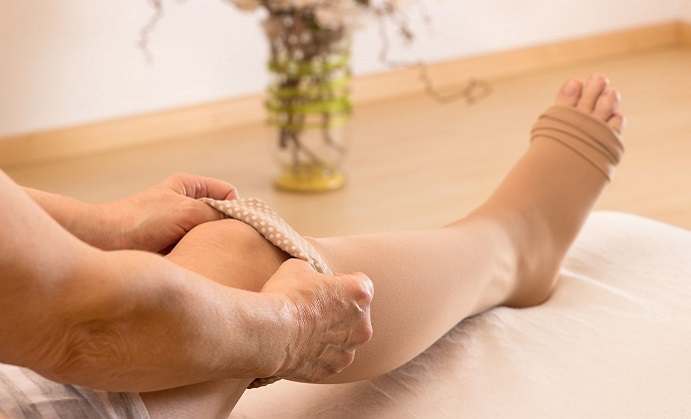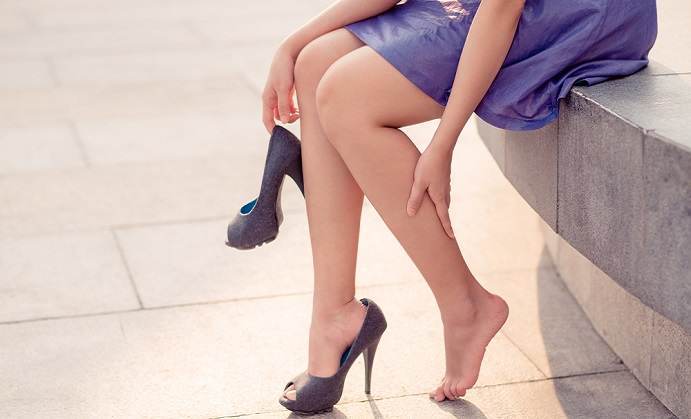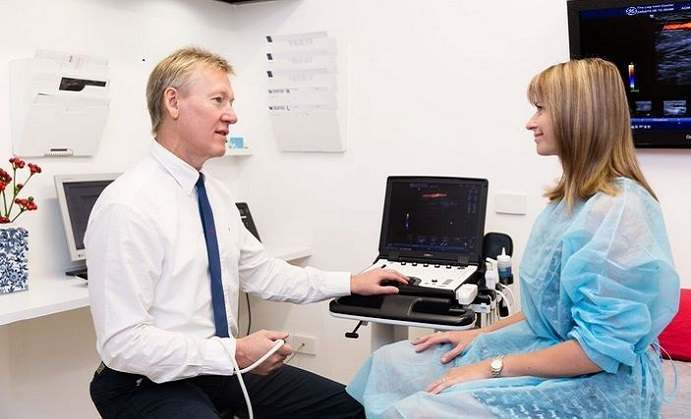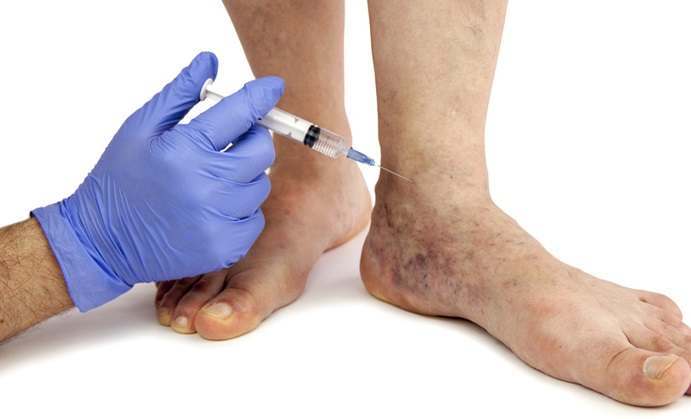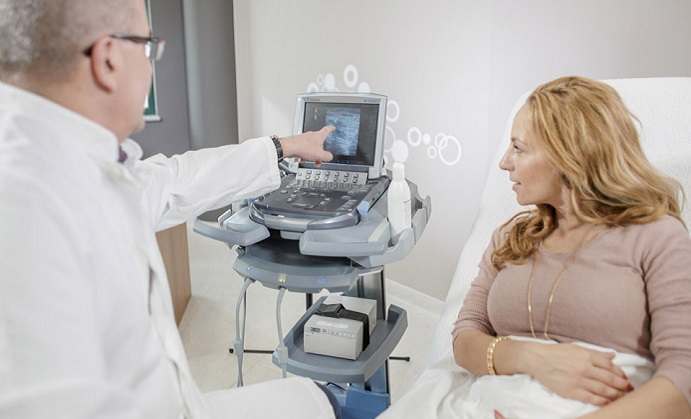Varicose veins are enlarged, gnarled and damaged veins usually in the lower parts of the body. They appear when blood circulation in the veins becomes weak due to disturbed function of the valves. This condition is caused by genetics, some physical trauma or bad lifestyle habits. Women are more often affected by varicose veins than men.
Physical symptoms of varicose veins include localized muscle pain in the lower extremities, inflammation, skin irritation and bruises around the unhealthy vein. If you are experiencing any of these symptoms you can find useful information about the treatment in this article.
Main Causes of Varicose Veins
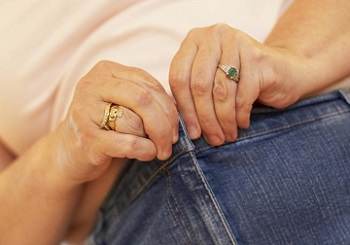 Besides genetics and hormonal imbalances, there are several other factors that can cause the occurrence of varicose veins. Being overweight is one of them. Excessive weight can cause additional pressure to the lower extremities, which can overload already weakened veins. Fat can also form blood clots by constricting the veins and making them tighter. Insufficient physical activity or limb immobilization can be harmful to varicose veins. Sitting or standing in one place for too long will also slow down blood circulation and gravity will make it harder for blood to flow upward.
Besides genetics and hormonal imbalances, there are several other factors that can cause the occurrence of varicose veins. Being overweight is one of them. Excessive weight can cause additional pressure to the lower extremities, which can overload already weakened veins. Fat can also form blood clots by constricting the veins and making them tighter. Insufficient physical activity or limb immobilization can be harmful to varicose veins. Sitting or standing in one place for too long will also slow down blood circulation and gravity will make it harder for blood to flow upward.
Non-invasive Treatments
Non-invasive treatments can be especially beneficial for mild cases of varicose veins. They include lifestyle changes and special medications and remedies. It is important to choose the most appropriate product for your case. Analgesics are very often prescribed to relieve pain caused from varicose veins. Your doctor might also prescribe non-steroidal anti-inflammatory drugs or NSAIDs. If you have any diagnosed problems associated with the respiratory, cardiovascular or digestive systems, NSAIDs must be used with caution.
Non-invasive treatments also include wearing supportive hoses or stockings and certain lifestyle changes. You should exercise regularly, eat healthy food and avoid wearing tight clothes and high heels in order to lessen the symptoms and prevent further development of varicose veins.
Other Medical Solutions
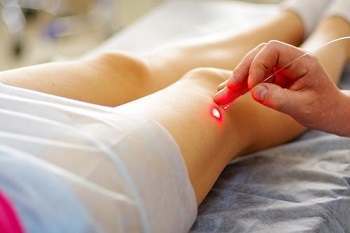 For severe cases of varicose veins, lifestyle changes and medications often fail to deliver desired results, so more invasive treatments become necessary.
For severe cases of varicose veins, lifestyle changes and medications often fail to deliver desired results, so more invasive treatments become necessary.
Laser surgery is performed on larger leg veins by inserting a thin catheter into the vein and then a laser fiber is passed through the vein. This procedure restores interrupted blood flow and removes other symptoms of varicose veins.
Sclerotherapy is the procedure that involves injecting a special solution into the problematic vein. The solution will cause the vein to shrink and dissolve. Blood flow is then redirected to other, healthy veins. Dissolved venous tissue will be absorbed by the body.
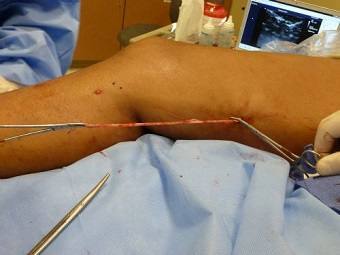 Vein stripping is a surgical procedure that removes varicose veins through incisions, usually from the legs. After making several small incisions, a doctor pulls the vein away from the body. This procedure should not leave any visible scars.
Vein stripping is a surgical procedure that removes varicose veins through incisions, usually from the legs. After making several small incisions, a doctor pulls the vein away from the body. This procedure should not leave any visible scars.
Endoscopic vein surgery is used only in severe cases, especially when ulceration is present. After making a small incision, the doctor puts a tiny camera into the varicose vein in order to guide him through the procedure. Then, the unhealthy vein will be surgically removed.
Always consult with your physician before you decide to use any medications or remedies for varicose veins.


